Results
-
 £19.91
£19.91You're Always There (Solo for Eb/F Instrument with Brass Quintet) Lee Fisher
One of BrookWright's most popular titles, this beautiful solo is based on an original song by Lee Fisher which was written for Britain's Got Talent star Charlie Green. In 2009 tenor horn virtuoso Sheona White commissioned Andrew Wainwright to arrange a version for tenor horn with brass band, and it is now available here as a Horn (Eb or F) solo with Brass Quintet. This setting for brass quintet has been transcribed by Walter Liechti. To view a rolling score video of the work please visit www.youtube.com/watch?v=CFqbU2x9APo Difficulty: Medium Easy Length: 3.45 minutes Sheet music available from www.brassband.co.uk Instrumentation Soloist in Eb/F Part 1 - Cornet/Trumpet Bb Part 2 - Cornet/Trumpet Bb Part 3 - Trombone/Baritone/Horn (includes parts in Bb, Eb & F) Part 4 - Euphonium (includes bass clef and Bb treble clef parts) Part 5 - Tuba (includes bass clef and Eb & Bb treble clef parts) Percussion (optional) Also available as: Tenor Horn Solo with Brass Band Brass Band Eb/F Solo with Piano Bb/C Solo with Piano
In stock: Estimated delivery 1-3 days
-
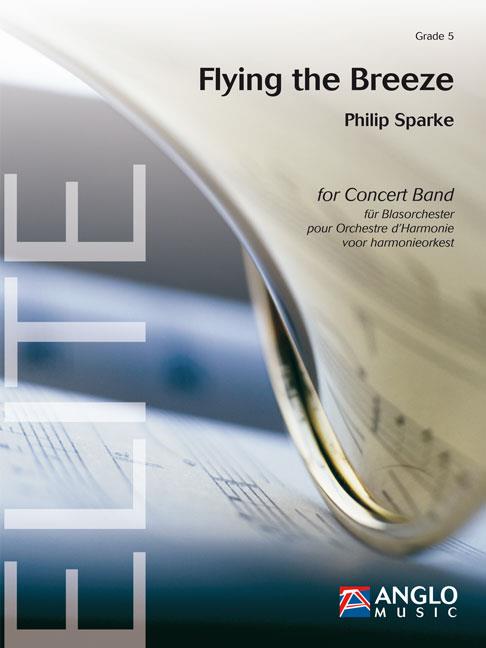 £137.99
£137.99Flying the Breeze (Concert Band - Score and Parts) - Sparke, Philip
The Breeze Brass Band, based in Osaka, Japan, is a professional ensemble, which was founded in 1990 to encourage the growth of brass bands there. They have invited many leading British conductors, composers and soloists to share their expertise and without doubt have been responsible, through concerts and recordings, for a huge increase in interest in brass bands in their country.In November 2000 they reached their 10th anniversary and commissioned Philip Sparke, a frequent visitor, to write a piece to celebrate the occasion. Flying the Breeze was the result and the composer made the concert band transcription in 2004.The piece opens with three repeated notes (in the brass band version these were written Bs - BBB being the band's initials) and a short introduction leads to a robust theme from the clarinets, horns and trombones, which is then taken up by trumpets. A restless bridge passage leads to a syncopated tune from the alto saxophone and then to a third theme from a solo euphonium. A graceful second subject, initially on a solo clarinet, leads back to a recall of the introductory material before a full-scale recapitulation. An intense allargando leads to a full-band version of the second subject under a running woodwind passage, which leads to a short coda.Duration: 6:00
Estimated delivery 7-14 working days
-
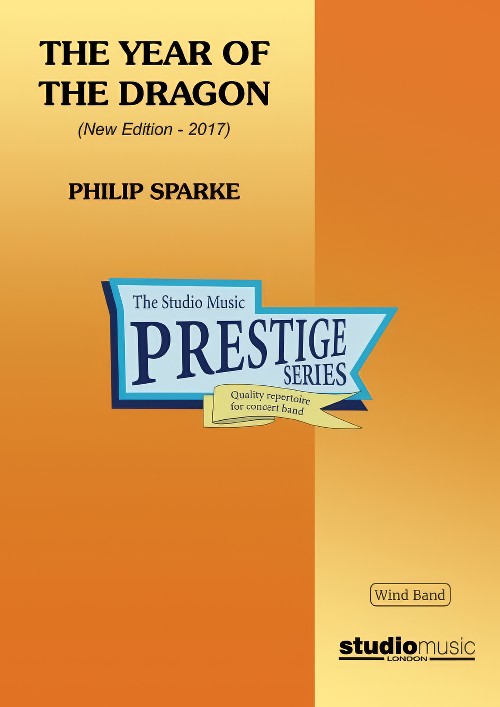 £37.95
£37.95The Year of the Dragon (Prestige Concert Band - Score only) - Sparke, Philip
The 2017 version of The Year of the Dragon was commissioned by the Siena Wind Orchestra and given its world premiere on June 17th 2017 in Bunkyo Civic Hall, Tokyo, conducted by the composer.The original wind band arrangement of The Year of the Dragon was made in 1985, a year after the composer wrote the brass band version. At that time he was still learning the intricacies of writing for wind band (and still is!) and in the 32 years which have elapsed since then, his approach to scoring for the medium has developed and, hopefully, improved.Here are the main differences between the two versions:In the 1980's, the wind band movement was much less international than it is now. British wind bands were still to some extent based on the military band tradition of the time, which tended to use rather smaller instrumentation than the then-dominant American university model. The new version embraces a much more international instrumentation, including low woodwinds and string bass, as well as an expanded percussion section.In the original version there was a touch of naivety in the way the composer wrote for the woodwinds; much of their articulation was transferred too literally from the brass version, resulting in some unidiomatic writing, which he has tried to improve in the new version.In addition to the above, Philip's own compositional style has matured and developed in the intervening 32 years. There are some passages in the original which he simply would not write today - not because they are 'wrong', but because his way of writing has changed. The new version is perhaps how he would have written it today, rather than simply dressing the original version in new clothes.The work is in three movements:Toccata opens with an arresting side drum figure and snatches of themes from various sections of the band, which try to develop until a broad and powerful theme from the middle of the band asserts itself. A central dance-like section soon gives way to the return of this theme, which subsides until faint echoes of the opening material fade to a close.Interlude takes the form of a sad and languid solo for alto saxophone. A chorale for the whole band introduces a brief spell of optimism but the saxophone solo returns to close the movement quietly.Finale is a real tour-de-force for the band with a stream of rapid semi-quavers running throughout the movement. The main theme is heroic and march-like but this is interspersed with lighter, more playful episodes. A distant fanfare to the sound of bells is introduced and this eventually returns to bring the work to a stirring close.
Estimated delivery 7-14 working days
-
 £199.95
£199.95The Year of the Dragon (Prestige Concert Band - Score and Parts) - Sparke, Philip
The 2017 version of The Year of the Dragon was commissioned by the Siena Wind Orchestra and given its world premiere on June 17th 2017 in Bunkyo Civic Hall, Tokyo, conducted by the composer.The original wind band arrangement of The Year of the Dragon was made in 1985, a year after the composer wrote the brass band version. At that time he was still learning the intricacies of writing for wind band (and still is!) and in the 32 years which have elapsed since then, his approach to scoring for the medium has developed and, hopefully, improved.Here are the main differences between the two versions:In the 1980's, the wind band movement was much less international than it is now. British wind bands were still to some extent based on the military band tradition of the time, which tended to use rather smaller instrumentation than the then-dominant American university model. The new version embraces a much more international instrumentation, including low woodwinds and string bass, as well as an expanded percussion section.In the original version there was a touch of naivety in the way the composer wrote for the woodwinds; much of their articulation was transferred too literally from the brass version, resulting in some unidiomatic writing, which he has tried to improve in the new version.In addition to the above, Philip's own compositional style has matured and developed in the intervening 32 years. There are some passages in the original which he simply would not write today - not because they are 'wrong', but because his way of writing has changed. The new version is perhaps how he would have written it today, rather than simply dressing the original version in new clothes.The work is in three movements:Toccata opens with an arresting side drum figure and snatches of themes from various sections of the band, which try to develop until a broad and powerful theme from the middle of the band asserts itself. A central dance-like section soon gives way to the return of this theme, which subsides until faint echoes of the opening material fade to a close.Interlude takes the form of a sad and languid solo for alto saxophone. A chorale for the whole band introduces a brief spell of optimism but the saxophone solo returns to close the movement quietly.Finale is a real tour-de-force for the band with a stream of rapid semi-quavers running throughout the movement. The main theme is heroic and march-like but this is interspersed with lighter, more playful episodes. A distant fanfare to the sound of bells is introduced and this eventually returns to bring the work to a stirring close.
Estimated delivery 7-14 working days
-
 £60.99
£60.99Song for Hope - Michael Sweeney
Written as a memorial for a middle school band student, this sensitive and moving work opens with a chorale played by off-stage brass. A flowing melody stated in the low register is then developed before leading to a brieffanfare-like affirmation. The Korean folk song You and I is briefly quoted before returning to the off-stage brass and calm closing passage. A beautifully scored lyric piece for band. (Extra players are not required for theoff-stage parts.) Dur: 4:30
Estimated delivery 7-14 working days
-
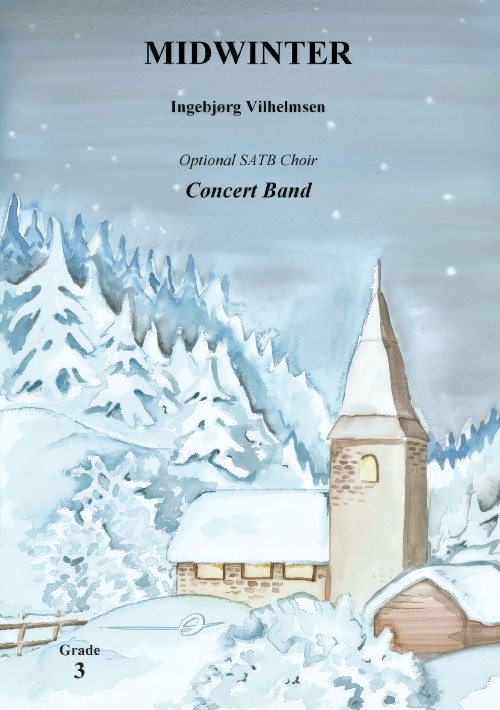 £80.00
£80.00Midwinter (Concert Band with Optional Choir - Score and Parts) - Vilhelmsen, Ingebjorg
This arrangement for full band can be performed both with and without choir. Midwinter is a Christmas song about how the holiday can be a highlight even in the darkest winters. The piece was originally written for brass quartet and choir, for Oslofjord Brass and Vivo Vokal's Christmas concert in 2019.If the piece is performed together with a choir, the dynamics of the band must be balanced with regard to the size of the choir, possibly using sound amplification if necessary.Choir Parts (SATB) available separately.Duration: 4.00
Estimated delivery 7-14 working days
-
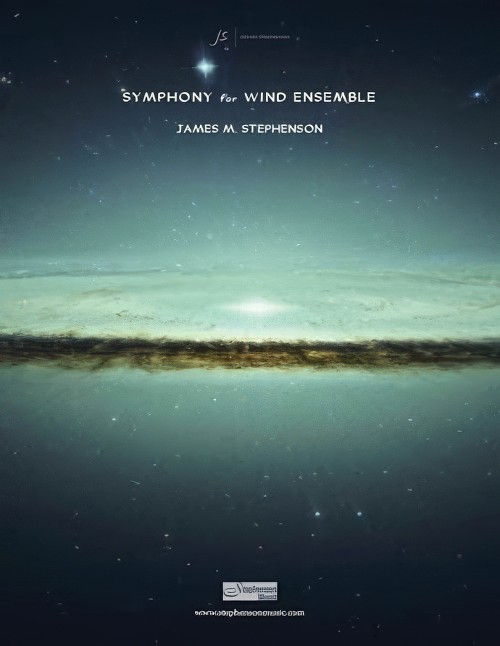 £284.99
£284.99Symphony for Wind Ensemble (Concert Band - Score and Parts) - Stephenson, James M.
The symphony is in four movements. The first movement starts a single triangle note, followed by a guitar strum. The movement anxiously attempts to churn into action, only to be stifled repeatedly by the single triangle note. Finally, with the guitar as inspiration, the main theme gets under way, revealing an almost Spanish, or even Eastern European flavor. Ideas and themes get reworked, developed, repeated and augmented throughout the movement, before finally closing out just as it began, but in reverse: this time guitar followed by triangle. The second movement steals from an angular and shrieking motif of the first, but is presented in opposite fashion: with the warm blend of the low brass. Hints of iconic military symbolism are interspersed throughout this movement, as homage to the commissioning ensemble. The main theme is inverted and awarded to a solo trumpet midway before giving way to a brass fanfare, though not done loudly, but here muted, from afar. The low brass return at the end, fading away to nothing as the bell tolls. The third movement is merely a short interlude - a break, in almost Gershwin-like fashion - from the seriousness of the movements that precede and follow. Lastly, the fourth movement is a wild one: with mixed meters and plentiful percussion penned to propel the movement throughout. The movements' themes are all reworkings of material presented earlier. Duration: 25.00
Estimated delivery 7-14 working days
-
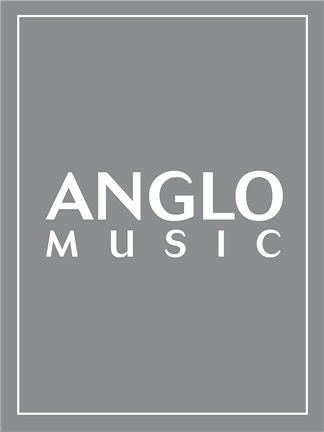 £106.99
£106.99Navigation Inn (Concert Band - Score and Parts) - Sparke, Philip
Navigation Inn was originally written for brass band to celebrate one of the most famous events of the brass band calendar - the Whit Friday marches. The Navigation Inn is a pub which is a popular meeting place for bandsmen. This version for concert band is in the style of a traditional contest style march and will bring a great sense of tradition to all concerts.Duration: 3:15
Estimated delivery 7-14 working days
-
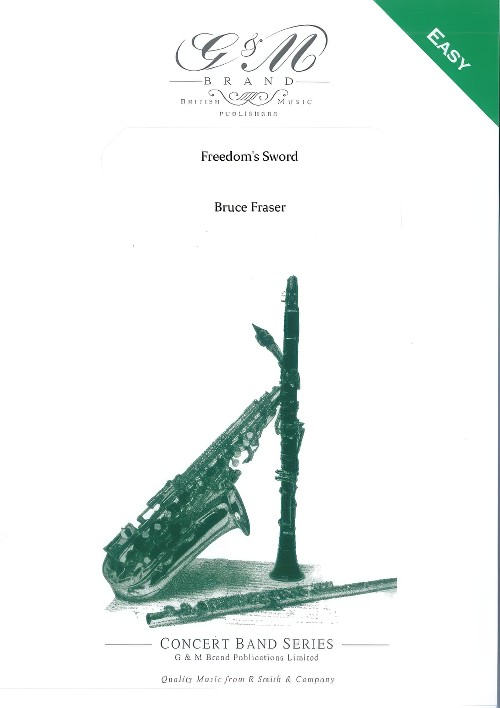 £59.95
£59.95Freedoms Sword (Concert Band - Score and Parts) - Fraser, Bruce
This work was originally commissioned by Nigel Boddice for the West Lothian Schools Brass Band to play at the European Youth Brass Band Championships in 1997 entitled Devolution to celebrate the setting up of the new Scottish Parliament. It appears in this revised version for Concert Band with the title Freedom's Sword. The opening section recalls days gone by when the Scots and English fought many a battle. The themes are derived from the well-known haunting song Ca' the yowes. The horn calls and off-stage percussion sound of a distant battle and it gradually comes closer. The centre section creates a mood of reconciliation with a dreamy Alto Saxophone solo. The last section now looks ahead with optimism and various bright dance themes appear based onTraditional Scottish reel tunes, one of which is a two-part vocal scat section The piece then heads for its conclusion including a full statement of the main theme.
Estimated delivery 7-14 working days
-
 £11.95
£11.95Freedoms Sword (Concert Band - Score Only) - Fraser, Bruce
This work was originally commissioned by Nigel Boddice for the West Lothian Schools Brass Band to play at the European Youth Brass Band Championships in 1997 entitled Devolution to celebrate the setting up of the new Scottish Parliament. It appears in this revised version for Concert Band with the title Freedom's Sword. The opening section recalls days gone by when the Scots and English fought many a battle. The themes are derived from the well-known haunting song Ca' the yowes. The horn calls and off-stage percussion sound of a distant battle and it gradually comes closer. The centre section creates a mood of reconciliation with a dreamy Alto Saxophone solo. The last section now looks ahead with optimism and various bright dance themes appear based onTraditional Scottish reel tunes, one of which is a two-part vocal scat section The piece then heads for its conclusion including a full statement of the main theme.
Estimated delivery 7-14 working days
